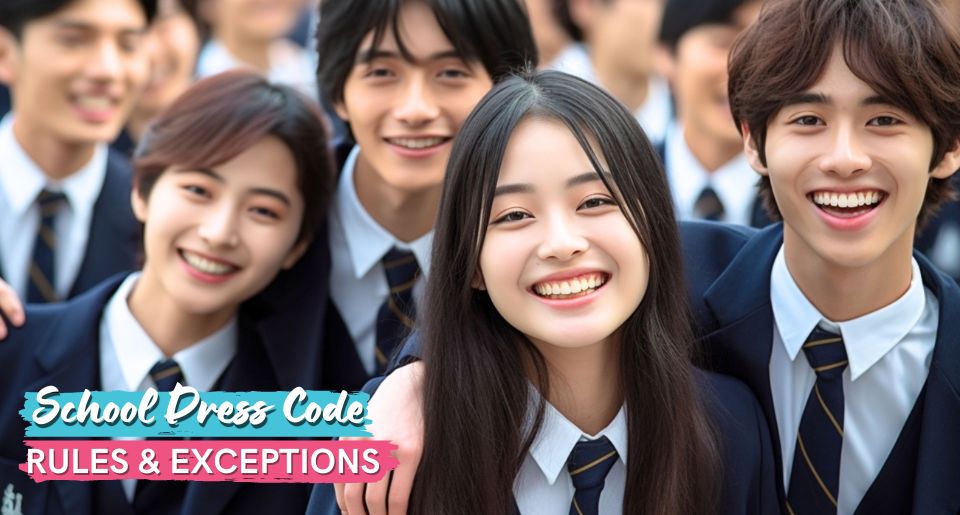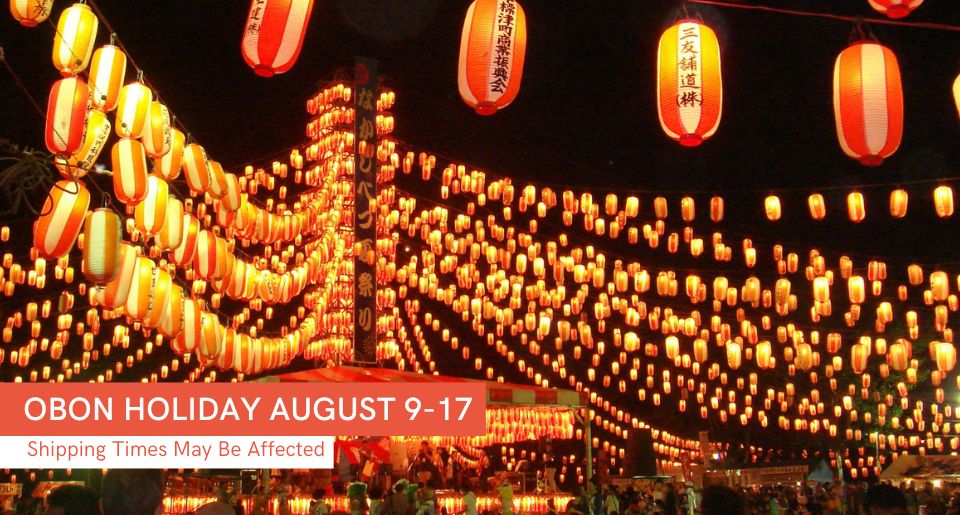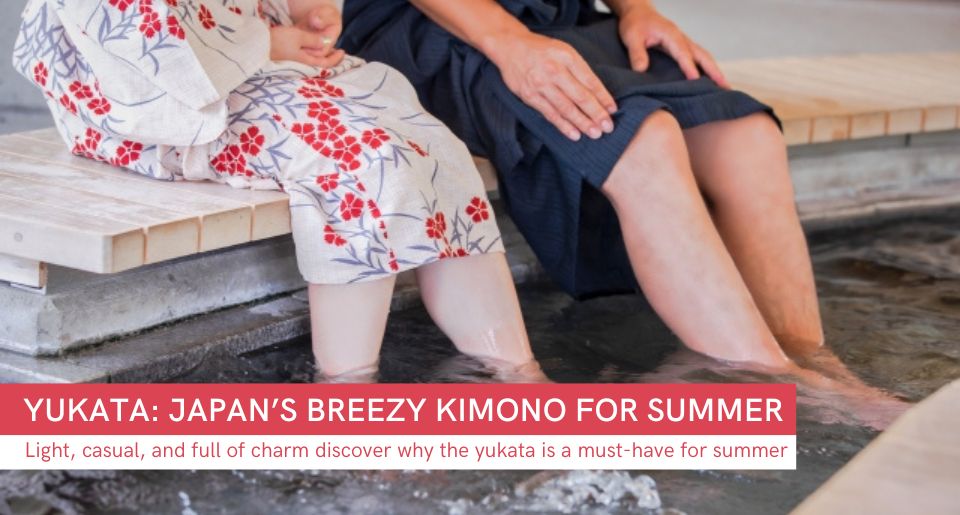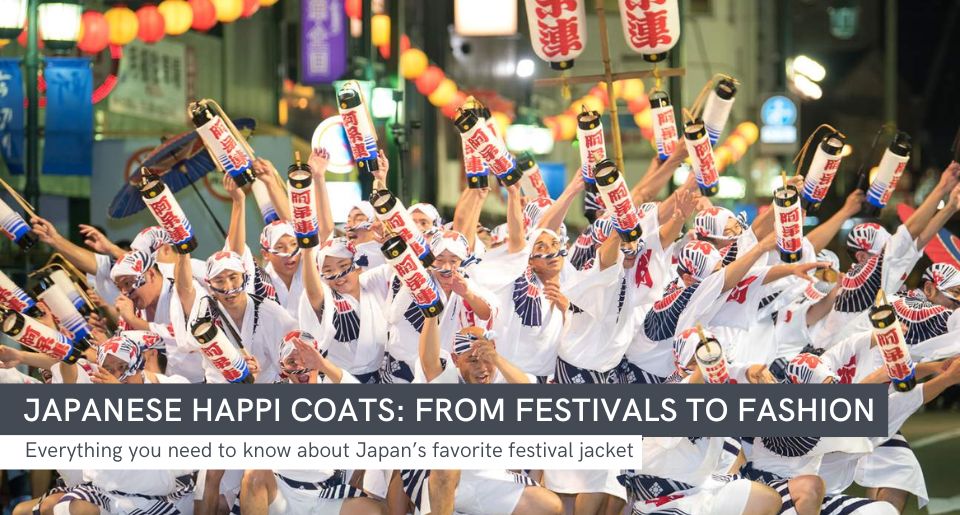Contents
Introduction
Have you ever wondered why all students in Japan dress the same way? The Japanese uniform, also known as seifuku (制服), is actually taken very seriously by the Japanese government, and there are many fascinating facts that you may not know about this standard uniform. Keep reading to gain deep insights into the well-known Japanese school uniform, its historical introduction to the country, its components, the unbreakable rules, the minor exceptions, and more.
The Surprising Role of Dress Codes in Japan's History
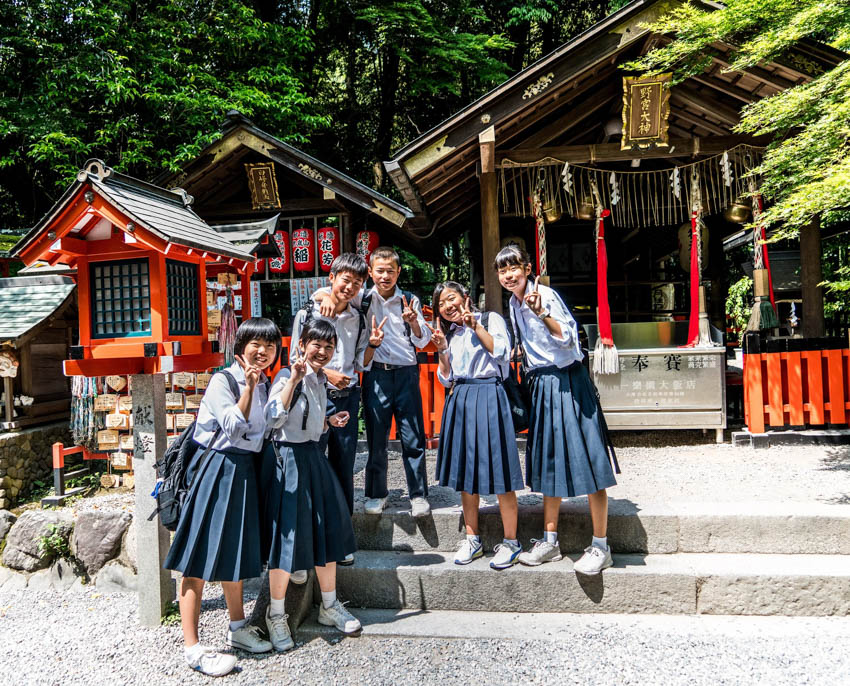
The Japanese school dress code goes way back than one might think; it traces its roots to the Meiji era (1868-1912), a period when Japan was undergoing rapid Westernization and modernization. Western-style clothing was gaining momentum at that time as a modern way to dress and present oneself.
To cope with the fast-paced modernization, the government started encouraging the Japanese to shift their dressing style and adopt Western fashion. The year 1886 marked the official introduction of the dress code in schools. From that point on, school uniforms in Japan became more uniform in style during World War II, with the government requiring all students to attend school dressed in military-style uniforms to show their loyalty to the country.
The Purpose of School Dress Codes in Modern Japan
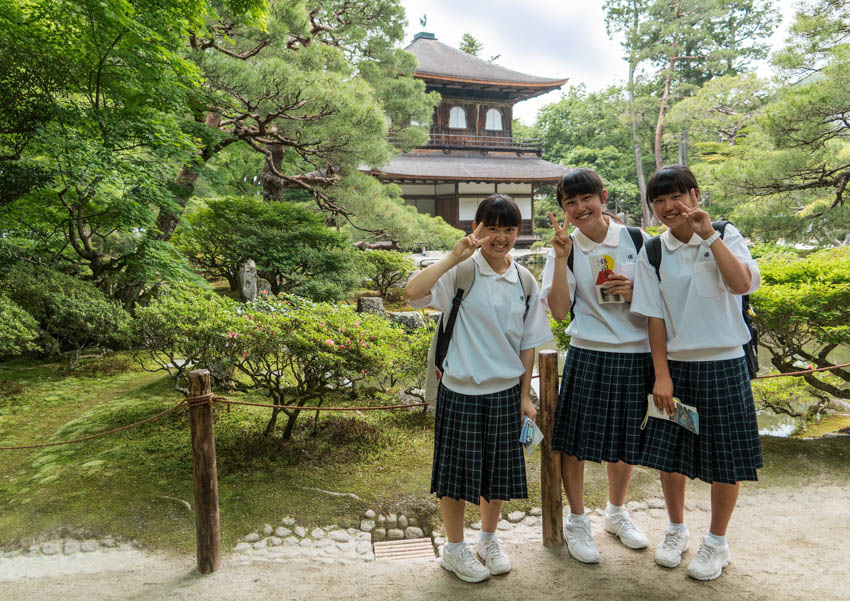
In Japan today, there are hardly any exceptions for students to break the dress code – regardless of whether they attend private or public schools, they are required to wear uniforms specifically designed for their respective schools. Uniforms are also seen as a symbol of equality among all students in Japan, creating a more harmonious learning environment where everyone has an equal chance to thrive academically.
The standard school uniform typically includes a blazer matched with pants or a skirt, often in dark blue or black. The style of the uniform designed for males differs from that of females, so the first cannot wear the same uniform as the latter, and conversely.
The school uniform for girls often includes a white blouse with a sailor collar, a pleated skirt, black shoes, and knee-high socks. On the other hand, the school dress code for boys includes smart trousers instead, but they can usually switch to a smart pair of shorts during warmer months. Additionally, some schools may require students to wear accessories like ties or ribbons.
Japanese school uniforms come with specific features and a set of rules that generally cannot be broken. While some schools may adopt more flexible dress codes or allow small tweaks to the uniform, most schools strictly enforce the dress code on students.
Japanese School Restrictions Beyond Tops & Skirts

The dress code for Japanese schools extends far beyond tops and trousers/skirts, covering almost everything related to the student's overall appearance. From shoes to bags, outerwear, makeup, hair, hats, and more, schools in Japan impose several common restrictions on students.
Shoes
Most schools in Japan require students to wear black, formal shoes without any brand logos. Typically, these shoes are made of leather, making them easy to clean, polish, and look presentable. While slip-on shoes or loafers might be allowed in certain schools, they should still maintain a formal appearance and don't stand out from the uniform.
For regular sports classes or special sporting events, students are usually required to wear school-approved shoes that are suitable for sports activities. They can also enjoy comfort in their footwear at school by wearing Uwabaki (上履き), which are Japanese slippers known for their lightweight and easy-to-wear design. Some schools may offer Uwabaki to students, while others might require students to bring their own and store them in lockers near the school entrance.
Bags
The same rule that applies to the school uniform also extends to the bag you bring with you. For example, you usually can't carry bags with designer logos because only school-approved bags are allowed, reinforcing the idea of creating a sense of equality in the learning environment.
Jackets & Coats
On cold days in Japan when you wish to rock your favorite coat or jacket at school, you'll be let down because only school-approved outerwear is allowed, and anything else is a big no-no.
Hair
For those who love experimenting with new and trendy haircuts, styles, and colors, Japanese schools are not the ideal place to do so. Students are required to keep their hair neat and tidy inside the school, and dyed hair in unnatural colors (purple, pink, green, blue, etc.,) is strictly prohibited.
Hair accessories
While the restrictions on hair style and color are quite tight, you can still get creative with simple hair accessories like a cute hair tie or pin. Just remember, any bright or heavy hair accessories that may be eye-catching or distracting at school are a no-go!
Makeup
Bold makeup like red lips, long lashes, thick eyeliner, vibrant eyeshadow, and heavy foundations that are noticeable for the eyes are not allowed at school. Still, students can get away with very natural makeup.
Hats
Whether it's scorching hot outside and you need to wear a cap to school or freezing cold and you need to wear a beanie, it's generally not allowed in Japanese schools. However, students may be asked to put on a simple cap for sporting events or on field trips.
Watches
If you find the Japanese dress code a bit dull, you'll be happy to know that wearing watches is not forbidden at school. It's a great way to add a chic touch to the uniform, but of course, they should be simple and not overly flashy or distracting.
Jewelry
Similar to watches, wearing jewelry is allowed at Japanese schools as long as it's kept minimal, simple, and not too flashy. So, you can confidently wear small earrings, simple necklaces, or bracelets to school without any issues.
After getting to know about these strict rules for students in Japan, do you think it's great that schools focus on promoting equality among everyone? Or do you lean towards the Western approach of self-expression in school? Perhaps you find it incredible that Japanese schools can find a way to maintain uniformity while also embracing a bit of individuality in their dress codes – just another impressive and unique aspect of Japan!
About the Writer
Meet Mariam - a freelance writer with a lifelong love for cooking, beauty, and Anime, starting from the tender age of six. Now, with boundless creativity and determination, she aims to deliver the most valuable content for readers to offer them a glimpse into her passions in life.

